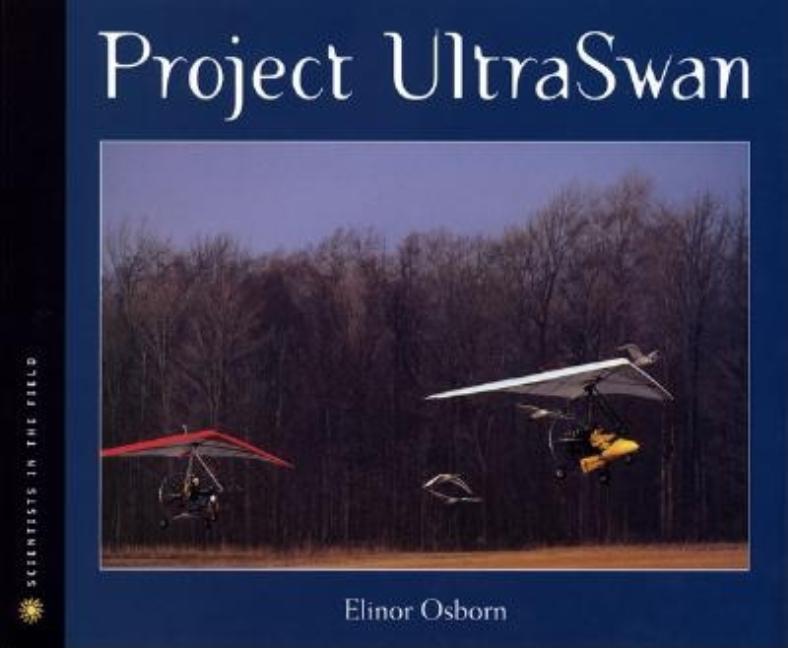Book Description
for Project Ultraswan by Elinor Osborn
From Cooperative Children's Book Center (CCBC)
The largest waterfowl in North America, trumpeter swans historically were taught to migrate by their parents. After trumpeter swans east of the Mississippi River were hunted out of existence, no swans were left to teach the migration routes to a small group of swans recently reintroduced to western New York. Project UltraSwan describes how the Trumpeter Swan Migration Project trained the young trumpeters to migrate by flying behind a human-piloted ultralight aircraft. The author clearly describes the laborious process, from the imprinting of the cygnets, to accustoming them to the sound of the aircraft motor and teaching them to fly behind the ultralight, to developing the stamina they will need for migration. Despite setbacks, the passion and enthusiasm of those involved in the project remains strong. Many clear color photographs show the swans at all steps of training and migration. Appendices provide information about the three kinds of North American swans, including where to see them and how to tell them apart. (Ages 7-10)
CCBC Choices 2003 . © Cooperative Children's Book Center, Univ. of Wisconsin - Madison, 2003. Used with permission.


